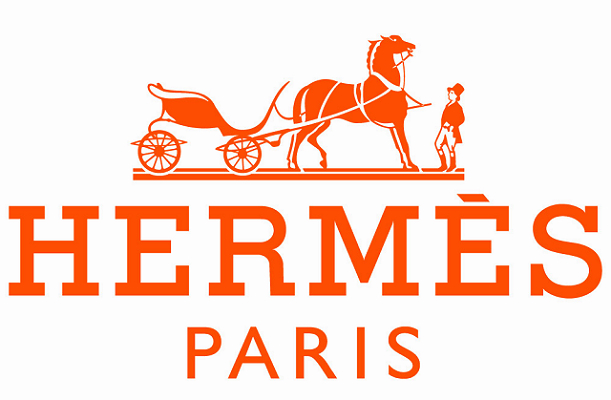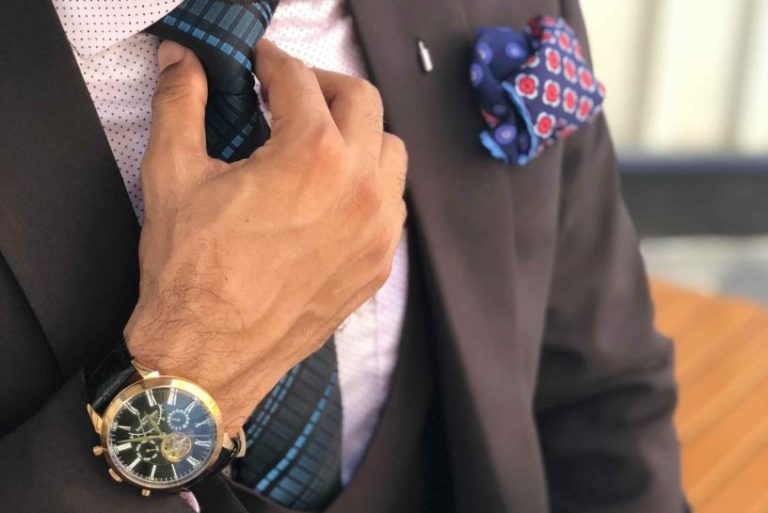“The global luxury industry focuses on China and in China it will depends on the second and third tier cities.” This saying has long been in the industry from forecast into reality. According to a McKinsey survey, by 2015, 75 percent of China’s rich people live in 2nd and 3rd-tier cities and non-coastal cities. Those who are willing to spend for luxury goods in the next five years grows from 40 million to 160 million, many live in the second and third tier cities.
“In the past, consider the commercial rents, the Midwest regional does not have the strength to settle a top-class luxury brand. But now, thank to the commercial real estate developers, this could be done by raise the overall rental prices through the introduction of the luxury brands and then cover the cost of the introduction with this raising; coupled with its business environment, it’s getting better and better. ” Said Yang Qingshan, a UIBE luxury researcher.
A growing need adds a possibility of introduction doesn’t equal to success. There still more things to do for brands.
The lack of latest goods is the first point that should be taking care of. Although with a rapid growth of luxury stores in 2nd and 3rd tier, the stores usually can’t get latest goods or fine goods in the first time as 1st-tier has the privilege. This situation certainly can’t satisfy the needs of luxury purchaser and might make a bad impression of brand.
What’s more, the goods in these luxury stores could be even more expensive compare to 1st-tier stores. According to the scarcity of store and less amount of inventory, this “higher” is reasonable. But customer could hardly think so.
If one puts his sight out of China, he can easily see that luxury goods are much cheaper abroad than in China. And that’s why people now see the stores in Paris and Hong Kong are filled by Chinese, even more are lining up and waiting outside of the store. Producers should also be alert of the purchasing agent industry, an industry that helps Chinese people to buy luxury goods from abroad with a lower cost and a better quality.
Brands could say it’s only a small amount of their volume and even this small amount losing has gone to their mother company in Europe or other places in the world. But just think how unsatisfied these 2nd and 3rd tier city customers could be, and how hunger they are for new and fine luxury goods. The decision makers should not consider this as a share defense but a chance to build the cake bigger. Making customer shopping locally could reduce the cost of customer’s shopping action and more willing to shop more as it’s easier.
To make it so, several actions could take place.
First, practice summer discount in 2nd and 3rd tier cities. As the usage of summer discount in western countries, summer discount not only reduce inventory and boost sale volume but also can build the name of store and the relationship between customer and salesmen. People would like local stores more.
Second, Brands have to put more fine goods and latest design in 2nd and 3rd tier cities. This doesn’t mean to ignore the difference between 1st and 2nd cities but to make it more reasonable and balanced. It is not efficient to force the 2nd and3rd tier city customer shopping in 1st tier city for both customers and brands.
Third, stores should make it available for goods transferring between different cities. This could highly solve the problem of lacking of latest designs.
Last, the stores in 2nd and 3rd-tier cities should give a better decoration and service to make it equal feel between shopping in 1st city and 2nd and 3rd.
Generally speaking, don’t let customer move, but goods and stores move.
To know more on Retail in China and methodologies for luxury brands such as mystery shopping or focus groups
From Daxue Marketing Research China





